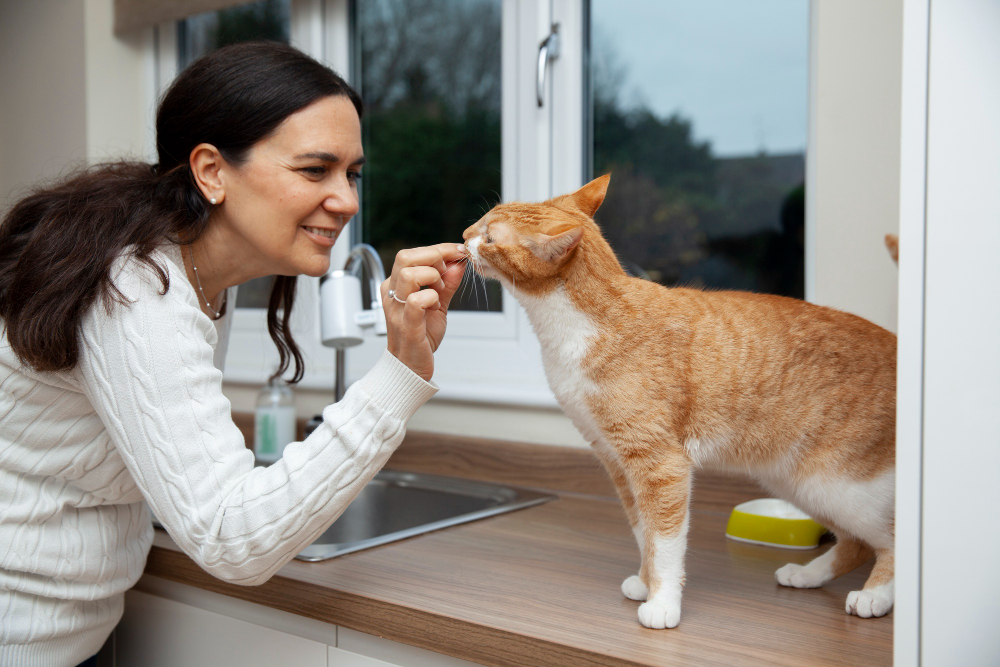Now That You Have Pet Insurance – What’s Next?
- 07-07-2025

Excerpt/Summary
Congratulations on securing pet insurance! You’ve taken a responsible step towards your furry friend’s health and safety. In this guide, we’ll walk you through what happens after buying a policy, how to file claims, understand coverage, and get the most out of your pet insurance plan.
🐶 You Did It – You Got Pet Insurance!
Getting pet insurance is one of the smartest decisions a pet owner can make. Whether you're a first-time pet parent or an experienced animal lover, you now have a safety net in place for unexpected vet visits, accidents, and illnesses.
But what happens next?
Let’s break down the steps you should follow after getting your pet insurance policy.
📂 1. Review Your Policy Documents Carefully
After purchasing, you should receive:
Policy confirmation email
Terms and conditions
Schedule of benefits
Waiting period details
Claim procedure guide
Take the time to read through everything. Understand what is covered, what is excluded, and if there’s any waiting period before you can file a claim.
📌 Pro Tip: Mark important dates such as your policy start date, renewal deadline, and the end of any waiting periods.
🕐 2. Understand the Waiting Period
Most pet insurance providers have a waiting period (usually 2–14 days) after you purchase the policy, during which certain illnesses or conditions are not covered.
💡Example:
Accident Coverage: May start in 2 days
Illness Coverage: May start after 14 days
During this time, try to avoid high-risk activities for your pet.
🏥 3. Schedule a Wellness Check (If Required)
Some insurance companies require a recent health checkup or medical records to activate full coverage. If your pet hasn’t had a vet visit recently, now is a good time to schedule one.
This visit helps:
Establish your pet’s baseline health
Confirm pre-existing conditions
Ensure preventive care (vaccinations, flea/tick, etc.)
📋 4. Learn How to File a Claim
Most insurers now offer online claim submissions through apps or websites. Typically, you’ll need to provide:
Invoice from your vet
Diagnosis and treatment notes
Proof of payment
Claims are often reimbursed within 5–14 days depending on your provider.
🛠 Keep a folder (physical or digital) with all pet-related medical expenses and documents.
💵 5. Track Your Reimbursements and Deductibles
Every plan has:
Annual or per-incident deductible
Reimbursement rate (usually 70–90%)
Annual benefit limit
Understanding these will help you calculate how much you’ll get back for each vet visit.
Example:
Bill: ₹10,000
Deductible: ₹1,000
Reimbursement rate: 80%
👉 You’ll get back ₹7,200 (₹10,000 - ₹1,000 = ₹9,000 x 80%)
🐾 6. Stay Proactive with Preventive Care
While most accident & illness plans don’t cover routine care, adding a wellness add-on can help you save on:
Vaccinations
Annual checkups
Dental cleanings
Flea/tick medications
📌 Even if not covered, investing in preventive care can reduce the risk of larger health issues down the line.
📱 7. Use the Insurance App (If Available)
Many providers offer:
Claim status tracking
Policy updates
Vet locator tools
24/7 helplines
📲 Download the app and explore features that can help in emergencies or regular checkups.
❤️ Final Thoughts: You’ve Done the Right Thing
By insuring your pet, you've shown dedication to their long-term well-being. Pet insurance isn't just a backup for emergencies—it's peace of mind.
Stay informed, stay organized, and don’t hesitate to reach out to your insurer with any questions. With the right knowledge, you and your furry companion are ready for a safer, healthier journey ahead.


